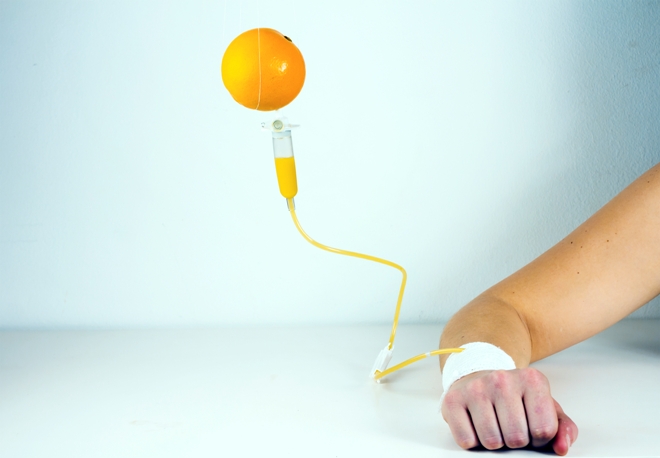Very high doses (megadoses) of vitamin C can kill cancer cells and shrink tumors. However, research suggests that only with intravenous (IV) infusions can you achieve the blood levels of vitamin C that are needed to selectively kill cancer cells without affecting normal, healthy cells. The vitamin C generates hydrogen peroxide outside the cancer cells. Cancer cells are vulnerable because, unlike normal cells, they lack the enzymes that can neutralize the hydrogen peroxide.
A number of well-documented cases of advanced cancers have responded well to IV vitamin C, including complete remissions in cases that had not responded previously to conventional chemotherapy. In laboratory studies, IV vitamin C significantly slowed the growth of aggressive tumors (ovarian, glioblastoma, and pancreatic tumors). Clinical studies have demonstrated that IV vitamin C treatments may reduce inflammation and sepsis in cancer patients.
IV vitamin C has been described in the medical literature as a form of chemotherapy, and it can also be used in conjunction with mainstream chemotherapy, usually given within a few days of chemo treatment. IV vitamin C therapy is attractive to many patients because it has no real side effects other than sometimes causing transient fatigue. Nevertheless, randomized clinical trials of IV vitamin C are lacking, and a well-designed RCT is now underway to assess the efficacy of this treatment, as reported in a 2013 issue of Cancer Chemotherapy and Pharmacology.
Patients with a history of kidney stone formation should be carefully monitored if they undergo high-dose vitamin C treatment. Also, high-dose vitamin C can trigger hemolytic deficiency in individuals who have the rare genetic disease known as G6PD deficiency. These individuals lack the enzyme glucose-6-phosphate dehydrogenase (G6PD), which helps red blood cells function normally. Exposure to certain medications (including vitamin C), foods, or even infections can trigger hemolytic anemia in this high-risk group.



 English
English Français
Français Deutsch
Deutsch Nederlands
Nederlands